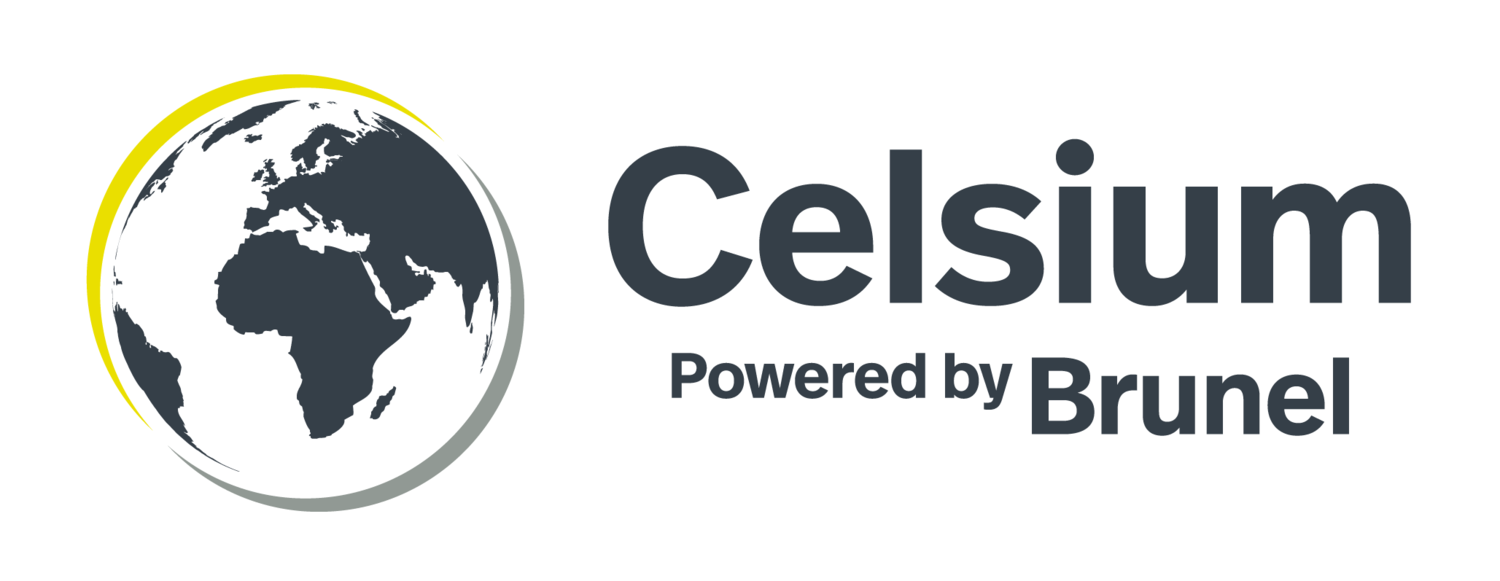The FY 2018 H-1B cap season will begin on Monday, April 3, 2017
Though the opening day of the filing period is still several months away, it is not too early for your organisation to begin assessing H-1B needs and working with your immigration team to begin the process.
Demand for new H-1Bs reached unprecedented levels last season and is expected to remain high in the FY 2018 season. For FY 2017, USCIS received 236,000 petitions against the annual quota of 85,000. Some 151,000 petitions – more than half of all cap filings – did not win a quota number. Pent-up demand from last year, falling U.S. unemployment rates and steadier economic growth will mean continued tight competition for FY 2018 cap numbers.
High demand means that the quota is certain to be reached quickly. Starting your H-1B preparation early will ensure that your organisation is ready to submit cap cases between April 3 and April 7, 2017. Cases must be received by USCIS during these crucial five business days to maximise your organisation’s chances of accessing the limited number of new H-1Bs available for FY 2018.
It’s Not Too Soon to Start
Here are some important tasks your organisation can do now to ensure readiness on April 3:
Begin assessing your FY 2018 H-1B employment needs. Getting an early handle on your hiring needs and the approximate number of petitions to be filed will allow you to better manage budget and H-1B workload, and help you coordinate even more effectively with your immigration team.
Get LCAs early. Once your organisation has identified its hiring needs for next year, work with your immigration team to seek labour condition applications (LCAs) – mandatory for every H-1B petition – as soon as possible. A surge of LCA filings in the months leading up to April 3 could cause processing slowdowns at the Labor Department. Obtaining LCAs now will help your organisation avoid these delays. Though there are a few drawbacks to filing LCAs early, including a shorter H-1B petition validity period, these downsides are far outweighed by the advantages of having LCAs in hand well in advance.
Consider multi-slot LCAs. A single LCA can cover multiple employees in a specific occupation and worksite. If your organisation has a genuine need for one, a multi-slot LCA can increase efficiencies during the busy cap season. It can also provide your organisation with greater flexibility to respond to time-sensitive non-cap needs like relocating employees to new worksites and onboarding new hires who are porting from other H-1B employment.
Start gathering necessary evidence. Work with your immigration team, corporate colleagues and H-1B candidates to gather company documents, academic transcripts, degrees and other essential evidence. These can take time to assemble. Missing or incomplete documents can mean delays or denials.
Budget for higher government filing fees. Effective December 23, 2016, the USCIS filing fee for Form I-129, the non-immigrant visa petition, will increase to $460, from $325, and the filing fee for Form I-539, change of non-immigrant status for dependent family members will increase to $370, from $290. Your organisation should take these changes into account when budgeting for FY 2018 H-1B cap expenses. Premium processing and other fees related to H-1B cap filings will not increase.
Be prepared for changes in procedures and requirements. Last-minute changes in USCIS and Labor Department processes are always possible.









